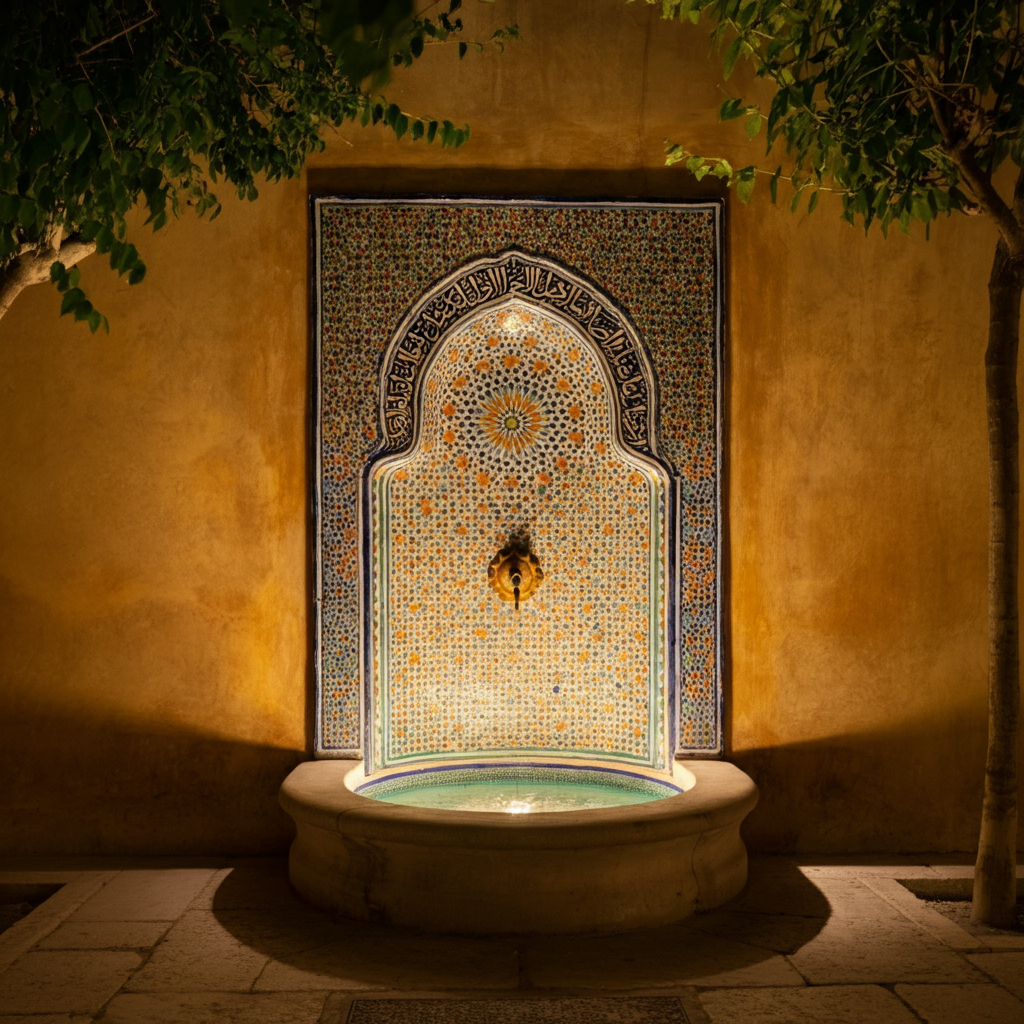The records of Islamic civilizations is deeply intertwined with their creative expressions, and one of the maximum wonderful legacies of this cultural historical past is Fuentes de l. A. Cerámica de Islam. These resources of Islamic ceramic art embody exceptional creativity, problematic craftsmanship, and cultural symbolism stretching across centuries. Whether you’re an artwork historian, a pupil, or genuinely an admirer of art, understanding the capabilities and significance of Islamic ceramics serves as a window into the aesthetic and cultural achievements of the Islamic world.
This blog will take you on an in depth exploration of Fuentes de l. A. Cerámica de Islam, outlining their definition, historical origins, and worldwide influence. You’ll also learn about their function in architectural design, their enduring legacy, and ongoing efforts to keep this rich culture.
What Are Fuentes de los angeles Cerámica de Islam?
Understanding Islamic Ceramics
The term “Fuentes de los angeles Cerámica de Islam” refers to the numerous substances, techniques, and artistic traditions related to Islamic ceramics. These ceramic portions were broadly speaking purposeful items—such as bowls, tiles, and vases—that developed into carriers of artistic and non secular expression.
Islamic ceramics have been crafted using quite a few domestically to be had materials, along with clay, quartz, and glass frit. Craftsmen hired advanced firing and glazing techniques to provide vibrant colorations, problematic patterns, and exceedingly long lasting surfaces.
Key Techniques and Features
Some defining functions of Islamic ceramics consist of using geometric and vegetal patterns, Arabic calligraphy, and innovative glazing techniques like lusterware and cuerda seca. For example:
- Lusterware: This approach entails applying a metal glaze to obtain a luminescent effect, which frequently gives Islamic ceramics their iconic shimmering appearance.
- Cuerda Seca (Dry Cord): A approach of outlining designs in oily or waxy materials to maintain glazes from merging, ensuing in one-of-a-kind and colorful patterns.
The aesthetic characteristics of those ceramics frequently observed Islamic creative ideas, prioritizing abstraction, symmetry, and repetitive motifs.
Historical and Cultural Significance
The Roots of Islamic Ceramics
Islamic ceramics hint their origins to the early centuries of Islam, with impacts from Persian, Byzantine, and Chinese pottery traditions. By the ninth century, towns like Samarkand, Nishapur, and Basra have become essential facilities of ceramic production. These workshops mixed imported styles with local innovations, in the long run giving upward push to a uniquely Islamic inventive vocabulary.
Ceramics in Daily and Religious Life
Ceramic art become no longer limited to ornamentation. It extended to purposeful bureaucracy consisting of:
- Decorative tiles for mosques and palaces.
- Bowls, platters, and pitchers for normal use.
- Graves and mihrabs adorned with ceramic calligraphy for spiritual purposes.
The use of ceramics in Islamic structure, particularly tilework, stands as a testomony to their cultural significance. Mosques just like the Shah Mosque in Isfahan and the Selimiye Mosque in Turkey showcase the grandeur of Islamic ceramic artistry of their intricate tile designs.
Global Influence and Distribution
Islamic ceramic art did no longer expand in isolation. Through exchange routes just like the Silk Road, these ceramics reached areas as a long way as Spain, North Africa, and Southeast Asia, influencing local pottery traditions.
Spain and the Al-Andalus Connection
Islamic ceramics flourished inside the Iberian Peninsula in the course of the duration of Al-Andalus, in which patterns like Hispano-Moresque ware emerged. These ceramics are frequently characterised through their difficult gold and copper luster glazes, mixing Islamic motifs with local Spanish aesthetics.
Influence on European Pottery
During the medieval length, Islamic ceramics served as a source of proposal for European potters. For example:
- Venetian potters borrowed strategies from Islamic lusterware.
- Delftware inside the Netherlands drew from the geometric and floral designs of Islamic ceramics.
This -way cultural change underscores the worldwide significance of Fuentes de la Cerámica de Islam and their enduring legacy.
Contemporary Significance and Preservation
Reviving Lost Traditions
Today, Islamic ceramics preserve to inspire modern-day artists, designers, and architects. Workshops in areas like Fez, Morocco, and Isfahan, Iran, are running to restore traditional methods even as exploring contemporary applications.
Challenges in Preservation
Despite their creative and ancient significance, many Islamic ceramic portions face threats from environmental situations, illicit alternate, and concrete development. Major museums just like the Louvre in Paris and the British Museum in London residence important collections, helping hold these artifacts for destiny generations. Meanwhile, tasks by way of UNESCO purpose to shield historical ceramic websites and sell education approximately their significance.
Engaging with Islamic Ceramics
Collectors, scholars, and fanatics are also contributing to the revival of Fuentes de los angeles Cerámica de Islam through helping exhibitions, shopping reproductions, and documenting their histories.
The Enduring Legacy of Islamic Ceramics
Fuentes de la Cerámica de Islam constitute more than just ornamental or practical items. They encapsulate centuries of cultural trade, creative innovation, and spiritual devotion. From the shimmering lusterware of the Abbasid Caliphate to the long-lasting tiles of the Alhambra, these ceramics keep to captivate and encourage audiences international.
Interested in studying how Islamic ceramics prompted artwork across cultures? Visit your nearby museum or explore on line collections to enjoy the beauty of these masterpieces firsthand.
Understanding and appreciating Islamic ceramics connects us now not handiest to the beyond however additionally to a shared worldwide historical past that keeps to inform and encourage. It’s a legacy we need to cherish and hold











